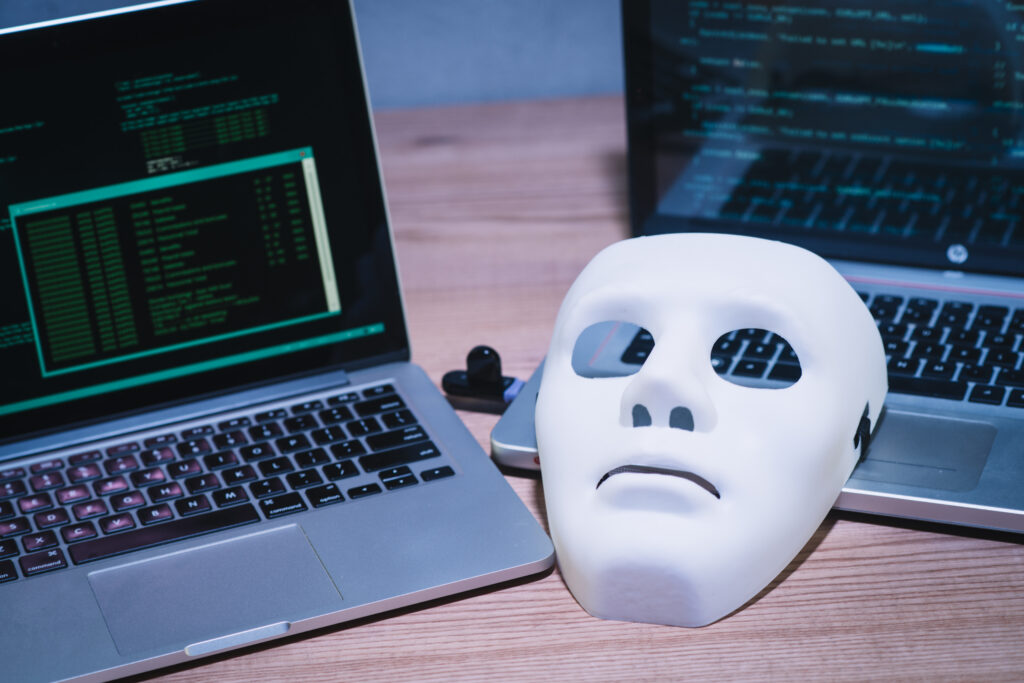In late June 2017, Heritage Valley Health System (HVHS), a healthcare provider serving regions of Pennsylvania, Ohio, and West Virginia, was among the victims of a devastating global ransomware attack known as Not Petty. This attack disrupted HVHS’s operations, compromised patient care, and caused significant financial and operational challenges.
Below, we explore the Heritage Valley Health System Ransomware Attack: An In-Depth Analysis its attack, its impact, and the broader implications for cybersecurity in the healthcare sector.
Understanding the NotPetya Ransomware Attack
NotPetya was a highly sophisticated ransomware strain that emerged in 2017. Unlike traditional ransomware designed to extort money by decrypting files upon ransom payment, NotPetya was primarily a wiper malware. It encrypted the master boot records of infected systems, rendering them irretrievable and unusable. The malware spread rapidly through networks by exploiting vulnerabilities in the Windows Server Message Block (SMB) protocol. Despite Microsoft releasing patches for these vulnerabilities months earlier, many organizations, including HVHS, had not applied them in time.

NotPetya’s propagation relied on:
- Exploitation of the EternalBlue vulnerability, initially developed by the U.S. National Security Agency (NSA) and later leaked online.
- The use of stolen credentials to spread laterally across networks.
- Weaponized updates via third-party software providers, a method seen in other high-profile attacks.
Impact on Heritage Valley Health System
The NotPetya attack severely disrupted operations at Heritage Valley Health System. On June 27, 2017, the malware infiltrated the network and quickly propagated, affecting all HVHS facilities. Key impacts included:
1. Disruption of Medical Services
- Laboratory and Diagnostic Services: Laboratory and diagnostic imaging services were unavailable at community locations, including Heritage Valley Chippewa, Edgeworth, and Moon Township. Patients were redirected to main hospitals in Beaver and Sewickley.
- Surgical Procedures: Scheduled surgeries were delayed due to the inability to access electronic health records and scheduling systems.
- Patient Records Access: Medical staff struggled to retrieve patient histories, medication information, and lab results. This dependency on electronic health records (EHRs) highlighted the risks of over-reliance on digital systems.
2. Financial and Operational Impact
- The attack led to significant financial losses due to system restoration costs, lost revenue, and business interruptions.
- Employees worked overtime to restore systems and manage manual workflows, increasing operational strain.
3. EHR and Data Accessibility Challenges
- Staff had to revert to manual processes, such as paper charting, which slowed down workflows and increased the risk of errors.
- Laboratory samples needed to be redrawn in some cases due to inaccessible pre-existing results.
Response and Recovery Efforts
Heritage Valley Health System’s response to the NotPetya attack involved several critical measures:
1. Immediate Containment
IT teams worked to isolate infected systems and prevent further spread. Affected systems were taken offline, and external connections were disabled. This was a critical step in mitigating additional damage.
2. System Restoration
By July 3, 2017, HVHS announced the full restoration of acute, ambulatory, and ancillary services. This included laboratory and diagnostic imaging services, allowing patients to resume their appointments.
3. Transparency and Communication
Throughout the incident, HVHS maintained open communication with patients, staff, and the public. Updates were provided on service availability, and assurances were given that no patient data had been compromised. This transparency helped to rebuild trust.
Legal Repercussions and Vendor Liability
In 2019, Heritage Valley Health System filed a lawsuit against Nuance Communications, a vendor providing voice dictation services, alleging that the NotPetya malware infiltrated HVHS’s systems via a virtual private network (VPN) connection with Nuance. HVHS argued that Nuance’s inadequate security practices facilitated the breach, resulting in financial losses.
However, in 2020, a federal judge dismissed the lawsuit, citing contractual provisions that exempted Nuance from liability for third-party incidents. This ruling underscored the complexity of attributing liability in cyberattacks and highlighted the need for organizations to carefully evaluate vendor contracts and cybersecurity practices.
Lessons Learned and Broader Implications
The Heritage Valley ransomware attack serves as a cautionary tale for the healthcare sector and beyond. Key lessons include:
1. The Importance of Patch Management
Timely application of software updates and patches is critical. The exploitation of known vulnerabilities in the NotPetya attack demonstrated the risks of delaying updates.
2. Robust Incident Response Plans
Having a well-developed and regularly tested incident response plan enabled HVHS to mitigate the impact and maintain essential services.
3. Vendor Risk Management
Organizations must assess vendor security practices and ensure contracts clearly define roles and responsibilities in the event of a cyberattack.
4. Investment in Cybersecurity
The attack highlighted the need for continuous investment in advanced threat detection, employee training, and regular security audits to prevent similar incidents.
5. Healthcare Sector Vulnerabilities
The reliance on interconnected systems, EHRs, and third-party services makes healthcare organizations particularly vulnerable to cyber threats. Strengthening cybersecurity in this sector is essential to protect patient safety and operational integrity.
Conclusion
The 2017 ransomware attack on Heritage Valley Health System revealed the devastating impact of cyberattacks on critical infrastructure. While HVHS’s response demonstrated resilience, the incident underscores the urgent need for improved cybersecurity measures in the healthcare industry. By learning from such events, organizations can better prepare for and defend against future threats.
Frequently Asked Questions (FAQs)
What is ransomware?
Ransomware is a type of malware that encrypts a victim’s files or systems, rendering them inaccessible. Attackers demand a ransom payment in exchange for decryption keys.
What is NotPetya?
NotPetya is a form of ransomware that emerged in 2017. Unlike traditional ransomware, it acted as a wiper malware, causing irreversible damage to infected systems.
How did NotPetya spread?
NotPetya spread through vulnerabilities in the Windows SMB protocol, specifically exploiting the EternalBlue vulnerability. It also used stolen credentials and compromised software updates to propagate.
How did the attack affect Heritage Valley Health System?
The attack disrupted services across all HVHS facilities, including laboratory and diagnostic imaging, surgical procedures, and access to electronic health records. It caused financial losses and operational challenges.
What steps did HVHS take to recover?
HVHS isolated infected systems, restored critical services, and maintained transparent communication with patients and staff. By July 3, 2017, most services were fully operational.
Was patient data compromised in the attack?
Investigations revealed no evidence that patient data was accessed or compromised during the NotPetya attack.
What lessons were learned from the attack?
The HVHS incident highlighted the importance of timely patch management, robust incident response plans, vendor risk assessments, and ongoing investment in cybersecurity measures.
How can healthcare organizations protect themselves from ransomware?
Healthcare organizations can enhance their cybersecurity by:
- Regularly updating software and systems.
- Conducting security audits and penetration testing.
- Training employees on recognizing phishing and other cyber threats.
- Implementing robust incident response and recovery plans.
- Partnering with cybersecurity experts to monitor and defend against emerging threats.
